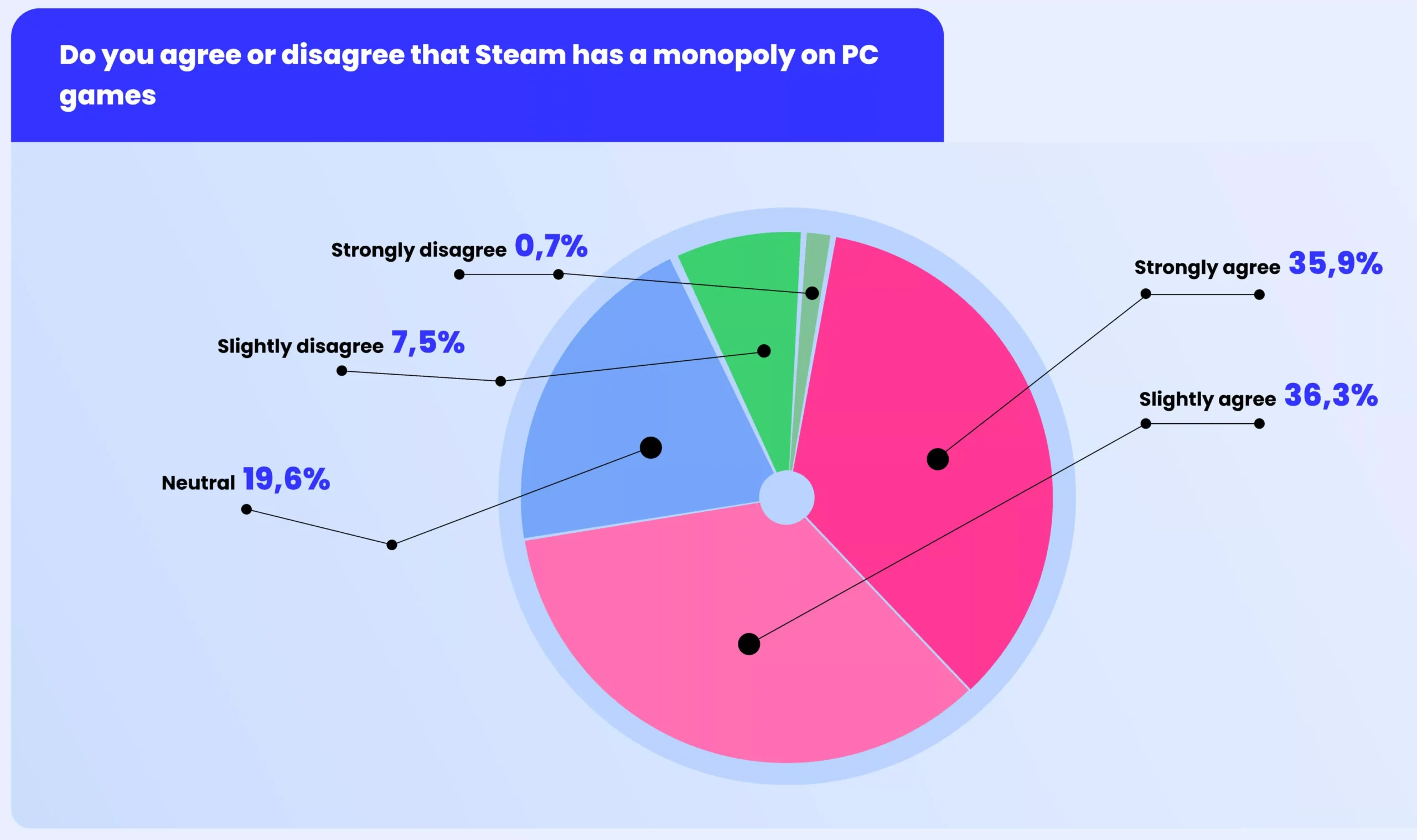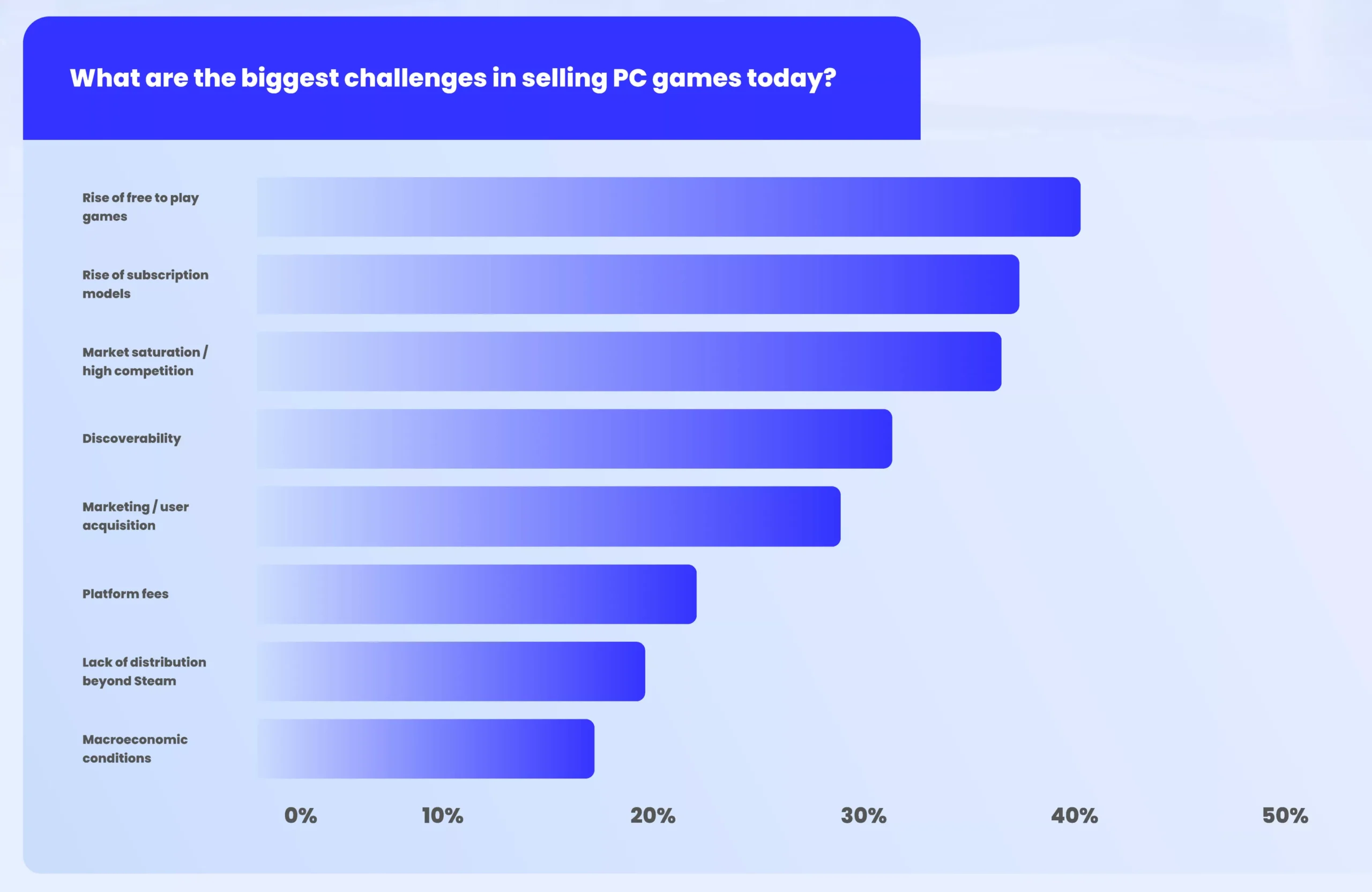This summer, Dutch music festivals will use RFID wristbands to collect visitor data. The technology has been around for a while, but the innovation lies in its application. The wristbands are anonymous by default, but users can activate them to participate in loyalty programs or unlock on-site experiences.Visitor privacy is paramount; overly invasive tracking is avoided.
This is according to Michael Guntenaar, Managing Director at Superstruct Digital Services, in the Emerce TV video ‘Data is the new headliner at dance festivals’. Superstruct is a network of approximately 80 large festivals (focused on experience and brand identity) spread across Europe and Australia. ID&T, known for events such as Sensation, Mysteryland, and Defqon.1, joined Superstruct in September 2021. Tula Daans, Data Analyst Brand Partnerships at ID&T, also joined on behalf of ID&T.
Festivals use various data sources, primarily ticket data (age, location, gender/gender identity), but also marketing data (social media), consumption data (food and drinks), and post-event surveys.
For brand partnerships, surveys are sent to visitors after the event to gauge whether they saw brands, what they thought of them, and thus gain insight into brand perception. Deliberately, no detailed feedback is requested during the festival to avoid disturbing the visitor experience, says Guntenaar.
The Netherlands is a global leader in data collection. Defqon.1 is mentioned as a breeding ground for experiments with data and technology, due to its technically advanced team and highly engaged target group.
[…]
In a second video, ‘Real-time mobility info in a complex data landscape’, Jorn de Vries, managing director at Flitsmeister, talks about mobility data and the challenges and opportunities within this market. The market for mobility data, which ranges from traffic flows to speed camera notifications, is busy with players like Garmin, Google, Waze, and TomTom.
Nevertheless, Flitsmeister still sees room for growth, because mobility is timeless and brings challenges, such as the desire to get from A to B quickly, efficiently, green, and cheaply. Innovation is essential to maintain a place in this market, says De Vries.
Flitsmeister has a large online community of almost 3 million monthly active users. This community has grown significantly over the years, even after introducing paid propositions. What distinguishes Flitsmeister from global players such as Google and Waze, according to De Vries, is their local embeddedness, with marketing and content that aligns with the language and use cases of users in the Benelux. They also collaborate with governments through partnerships, allowing them to offer specific local services, such as warnings for emergency services. Technically, competitors might be able to do this, says De Vries, but it probably isn’t a high priority because it’s local; Flitsmeister, however, believes that you have to dare to go all the way to properly serve a market, even if this requires investments that are only relevant for the Netherlands. Another example of local embeddedness is their presence on almost every radio station.
The Flitsmeister app now consists of eight main uses. In addition to the well-known speed cameras and track control, it includes warnings for emergency services (ambulance, fire brigade, Rijkswaterstaat vehicles) who are informed early when such a vehicle approaches with blue lights. The app also provides traffic jam information and warnings for incidents, stationary vehicles, and roadworks. Flitsmeister tries to give warnings for the start of traffic jams earlier than the flashing signs above the road, because they are not bound by the gantries where these signs are located.
Navigation is an added feature. In addition, there is paid parking at the end of the journey. Flitsmeister also has links with so-called smart traffic lights, where they receive data about the status of the light and share data with the intersection to optimize it. This can, for example, lead to a green light if you approach an intersection at night and there is no other traffic. More than 1500 smart intersections in the Netherlands are already equipped. Flitsmeister also receives data from matrix signs, including red crosses, arrows, and adjusted maximum speeds.
Privacy is a crucial topic when bringing consumers and data together. Flitsmeister has seen privacy from the start as a Unique Selling Point (USP) if handled correctly. Especially in countries like Germany, this is more active than in the Benelux, and privacy-friendly companies have a plus in the eyes of the consumer. Large players such as Google and Waze have the same legal playing field as Flitsmeister, but differ in what they want, can, and do.
Flitsmeister does collect live GPS data that provides a lot of insight into traffic movements. They are working with Rijkswaterstaat and their parent company Bmobile on pilots, including on the A9, where they combine loop data in the asphalt with their real-time data. This provides a more accurate and cost-efficient picture than road loops alone, which are expensive to maintain and measure limitedly. This combination allows them to provide relevant information, even between the road loops, leading to more accurate and cost-efficient traffic information.
Flitsmeister also works with data that detects real-time situations and provides early advice. They are doing pilots with ‘trigger based rerouting’, where users are proactively rerouted if a reported incident on their route is likely to affect their travel time, even if the travel time has not yet changed at that moment. The challenge here is that people must be receptive to this and understand the rationale behind the rerouting.
Although there is a lot of talk about connected vehicle data, Flitsmeister’s focus is more on strengthening the relationship with the driver than with the vehicle itself. Jorn de Vries believes that the driver will ultimately lead, as the need for mobility comes from the individual and the vehicle facilitates this.
The video Data is the new headliner at dance festivals can be watched for free. The collection Customer data: trends, innovation and future will be supplemented in the coming months and can be viewed for free after registration.
















